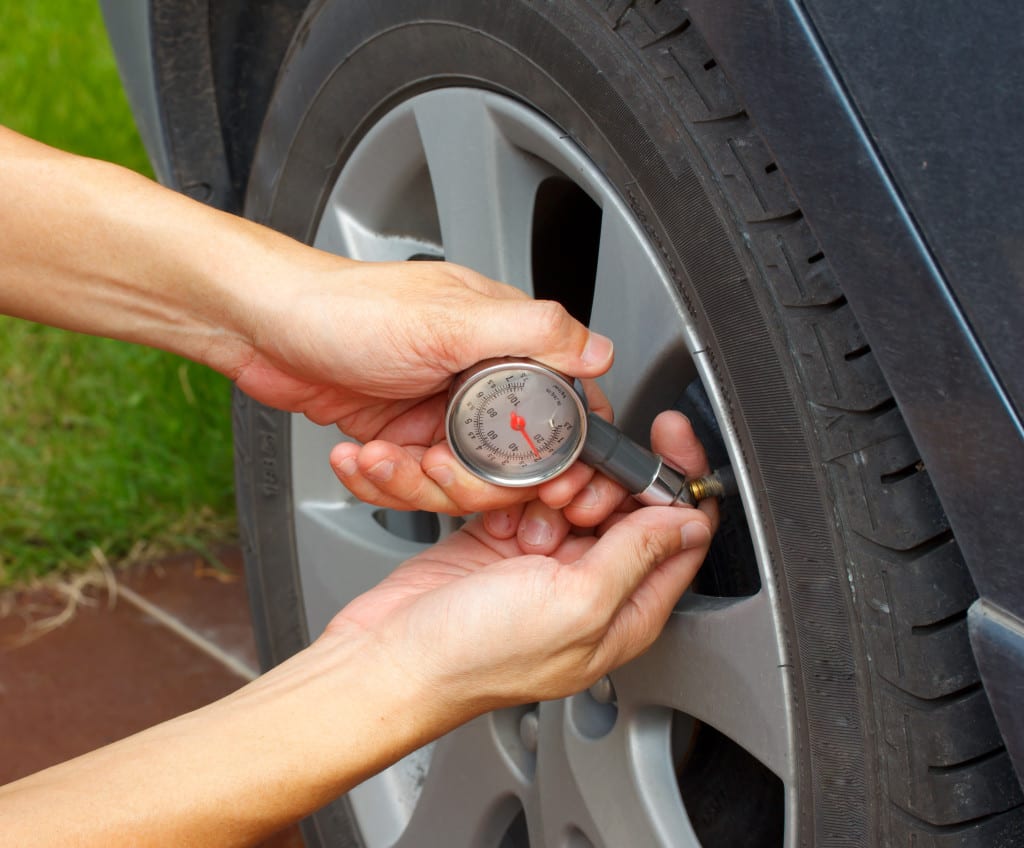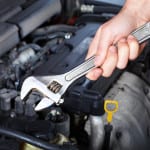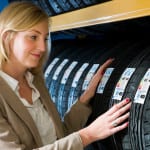As we head into the last months of summer, now is a good time to remember that your tires need your attention. The summer months are when most drivers get in their cars and go; it is the season of road trips and adventure. Now consider all the driving you’ve done in the last three months. If you were smart enough to have prepared your car in the spring for all the miles you were about to put on it, then you will also be wise enough to know your tires really need your care.
Even just a minimal amount of attention paid can go a long way to saving time and money. Ignoring a vital part of your car can greatly inhibit its ability to run properly and keep you safe.
Time to ditch those cheap tires! Good tires and proper maintenance lead to longevity and greater performance. These simple tips will help you stay on top of care for your tires.
Check Tire Pressure Regularly for Longevity
Tire Pressure is important for a number of reasons. First, it affects performance. Your car can only operate as well as its prepared to. If it is lacking pressure, it won’t be able to perform as it has in the past and how you still expect it to. This will affect your fuel economy. Next, the engine will have to work harder to meet the speed and acceleration you require which means it is using more gas. Considering what you already pay for gas, why would you waste it unnecessarily?
Tire pressure also directly correlates to the wearing down of tread. Wear and tear is inevitable and that is to be expected, but should the tire not be at its proper pressure, the tread will wear unevenly which becomes a safety hazard and leads to replacing them sooner which is quite costly.
With all that being said, checking your tire pressure regularly is tremendously easy. A pressure gauge can be bought at any auto shop. Your psi will be located in your drivers manual or on the car door wall. There is also a psi number on your tire, but that is not specific to the vehicle you drive. The manufacturer’s psi has taken into consideration the weight of the vehicle and how the car drives.
Using a digital gauge or a pencil sliding gauge, the pressure it reads will determine how much air you need to add or take out. Most times your tires are not over inflated, so you will more likely than not have to add more air.
Do make sure to use to a gauge when checking pressure. Tires and meant to stand up to a lot of conditions so tire pressure is not so easily detectable just by feel. The gauges will provide you with the most accurate reading.
Also, any mechanic will be able to check your tire pressure. I wouldn’t make a special trip for that reason, considering how exceptionally easy it is to do. But if you’re already there getting an oil change or work done, may as well have them check it out for you.
Learn To Change a Flat Tire
Alright, so this is one of those things that you never really want to learn till you have to deal with it and then curse yourself for never having taken the time to learn. Well this is your final warning. Just learn to do it. Find someone who knows how, watch a youtube video, google it; whatever it be, just learn. Self reliance is never a bad thing, right?
Speaking of knowing how to change a tire, make sure you have one. All cars come with a spare tire, so that’s not usually a problem, but check to make sure your spare is also in good condition.
Fix-A-Flat
Although the topic of deflation is a rather touchy one in New England right now, we’re going to talk about it. No, not pigskins; your car tires.
Should you get into a jam where something has punctured your tire while driving and tire pressure is noticeably less and running low fast, there are some products on the market that will ease you out of the dilemma you’re in.
“Fix-a-Flat” is a product whose name is also an appropriate description of its service. If you do find yourself with a deflated tire, Fix-A-Flat, along with other similar products on the market, assist in temporarily solving the problem for you. An aerosol can with a tube attached to it that once connected to the tire inflates it with a water soluble solution that sticks to the inside and seals the puncture.
Fix-A-Flat is a great temporary fix that will take you those extra miles till you get a garage that can help you.
Fix-A-Flat comes in both an aerosol can and an Ultimate 1-Step Kit that hooks up to your car’s 12 volt adapter. While both definitely work to repair the puncture, the aerosol can has a warning that it should not be stored in temperatures that can exceed 120 degrees. Unfortunately, it advertises that it can be kept stored away in the trunk of your car which during the summer months or in a hot climate can easily get to temperatures of 120+. The label warns that the contents are under pressure so, keep this in mind when purchasing for the summer months. The kit is more costly because of its battery use, but it doesn’t operate using aerosol pressure.
Know When To Replace Your Tires
Paying regular to close attention to your tires will keep you aware of your tires condition and further alert you to when it’s getting time to change them. Being proactive in this process not only allows you time to save money, check for deals and sales, but also prevents a major accident from occurring. Finding out it’s time to change your tires because of a blow out is a lot more scary and dramatic than scheduling an appointment before it even gets to that point.
Being that you’re already checking your tire pressure on a regular basis and have all the necessary equipment ready to change a flat should it occur, this last part of is the easiest and only requires your eyes and brain.
If you’ve been able to tell that your tires are looking a bit more rugged than you’ve previously noticed, its probably because they are. Normal wear and tear is to be expected. However, if you start to notice cracks in the sidewall with grooves that are visible enough to be seen it is a good time to start looking for replacements. This could lead to leaks or worse, a blow out.
Sometimes you tires can get bulges or blisters in weaker parts of the wall. Much like a blister on skin, the bulge or blister will extend out putting more pressure on a consistently weaker part of the tire which will inevitably lead to a blown tire. If you should notice something like this at all, do not wait to get your tire looked at and replaced.
It should go without saying at this point that if your tread level is severely low, you are definitely in the market for new tires. Easiest way to check this is taking a penny to the tire. If Lincoln’s head is exposed, including hair line, when stuck in between the tread of the deepest you find, your tread is dangerously low and you should start looking.
Tire safety doesn’t just ensure the safety of your passengers and yourself, it also keeps everyone on the road with you safe. It is not just smart, its a responsibility.







